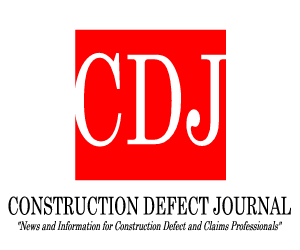The New Jersey Superior Court, Appellate Division, published an important decision addressing several fundamental issues regarding how a commercial general liability (CGL) policy applies to long-term property damage. The court held that: (1) a continuous trigger theory of coverage may be applied to third-party liability claims involving progressive property damage caused by an insured’s allegedly defective work; (2) the “last pull” (i.e., the cutoff point) of the continuous trigger is when the “essential nature and scope” of the property damage first becomes known or could reasonably be known; and (3) the “last pull” is not when the property damage is “attributed” to the insured’s faulty work.
The underlying action in Air Master & Cooling Inc. v. Selective Ins. Co., et al. 1 concerned property damage arising out of the construction of a seven-story, 101-unit condominium building in Montclair, New Jersey. The project’s construction manager hired Air Master & Cooling, Inc. (Air Master) to perform HVAC work on the project, including installing individual HVAC equipment in each resident’s unit from 2005 to 2008. In early 2008, unit owners began complaining about water infiltration and damage to their windows, ceilings, and other portions of their units. The general contractor and developer began assessing the damage and making repairs. Eventually, in April 2010, an expert consultant performed a moisture survey of the roof and discovered 111 areas that were damaged by water infiltration. The expert report indicated that “it [was] impossible to determine when [the] moisture infiltration occurred.”
Ms. Byrd may be contacted at kab@sdvlaw.com




